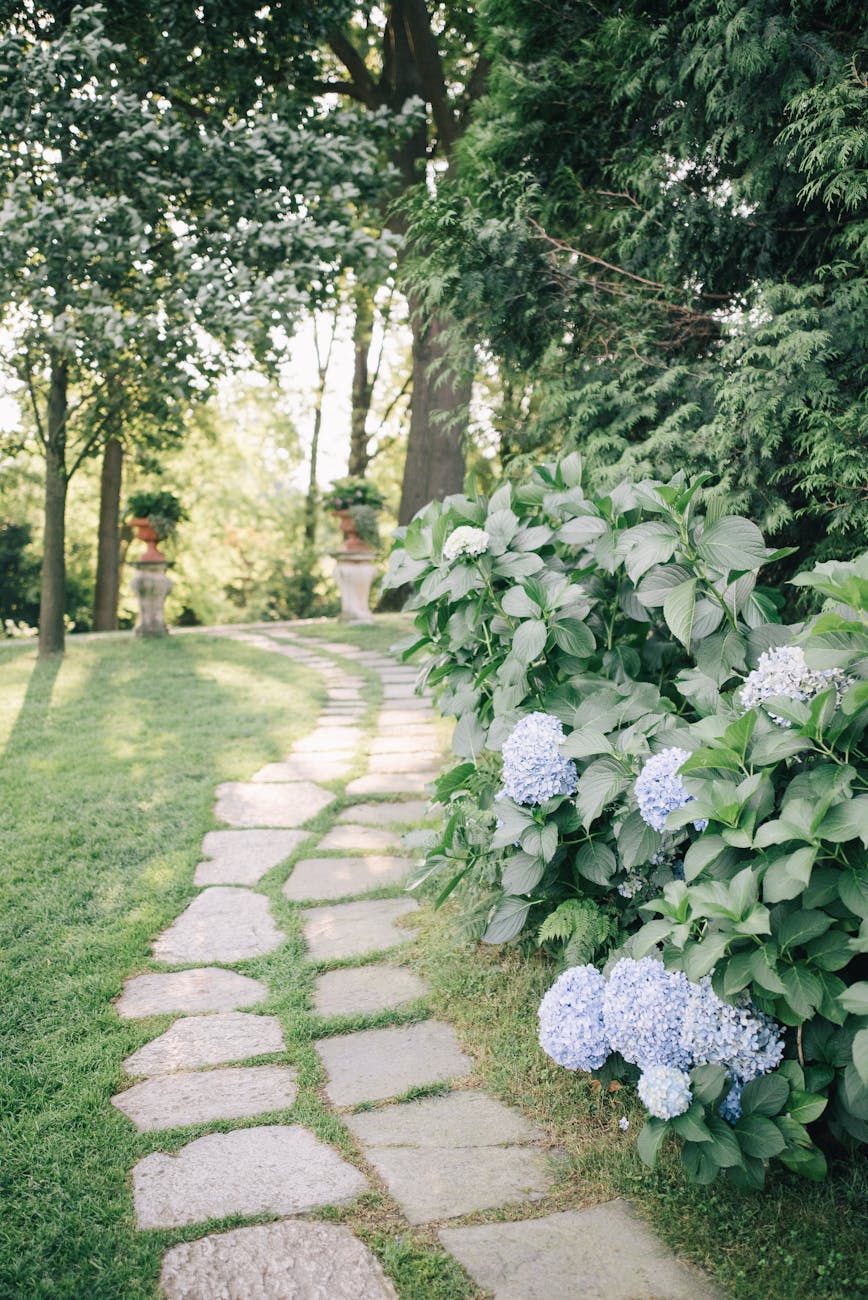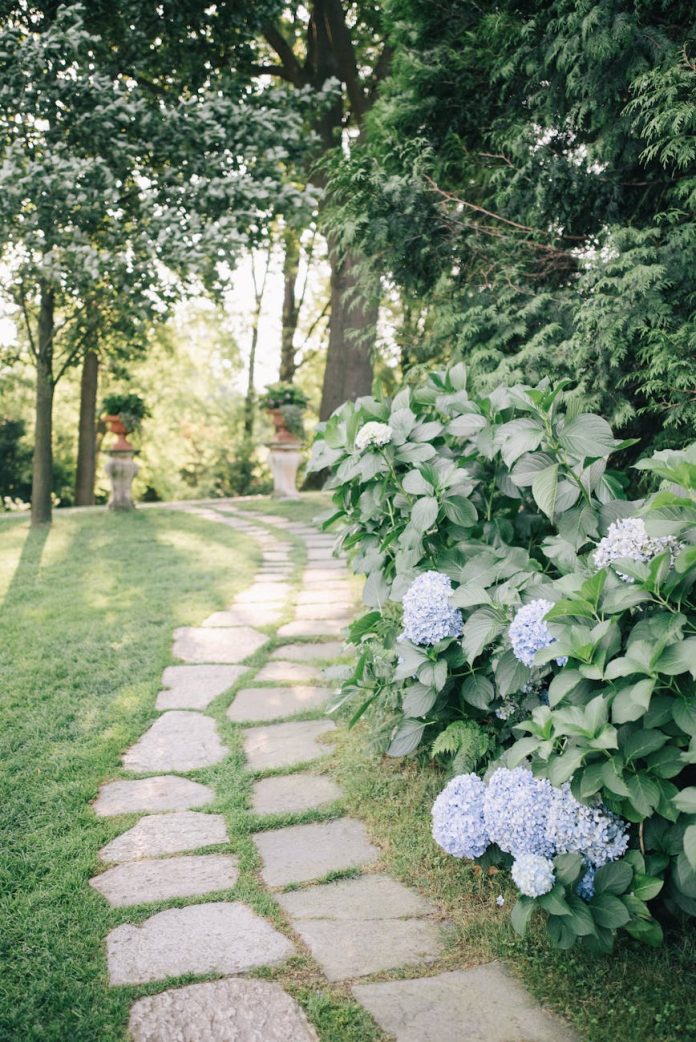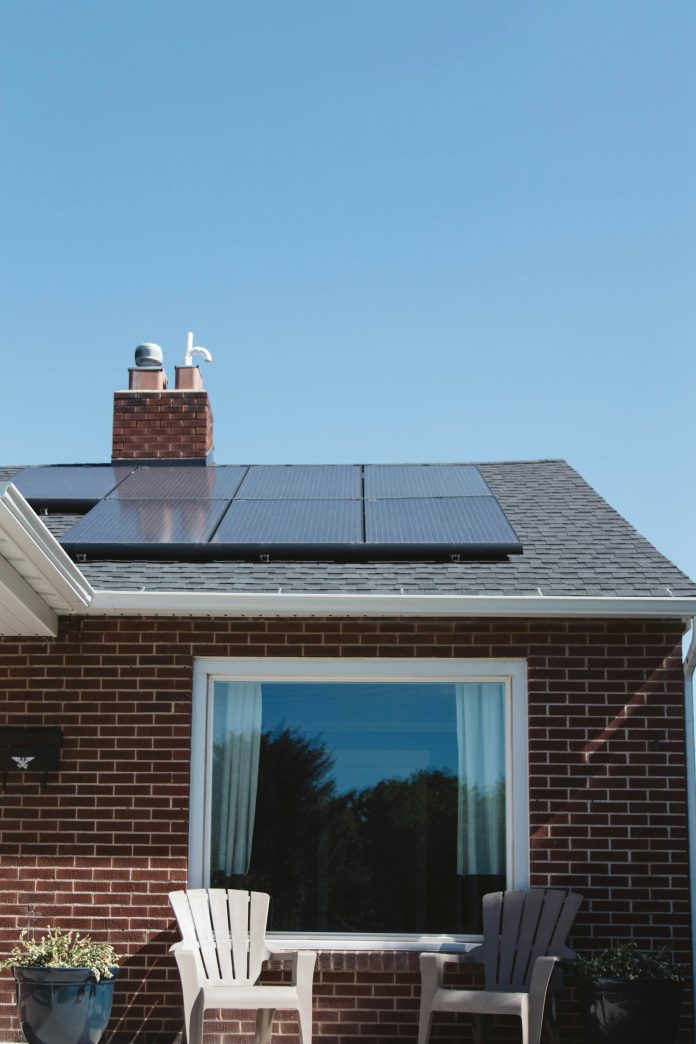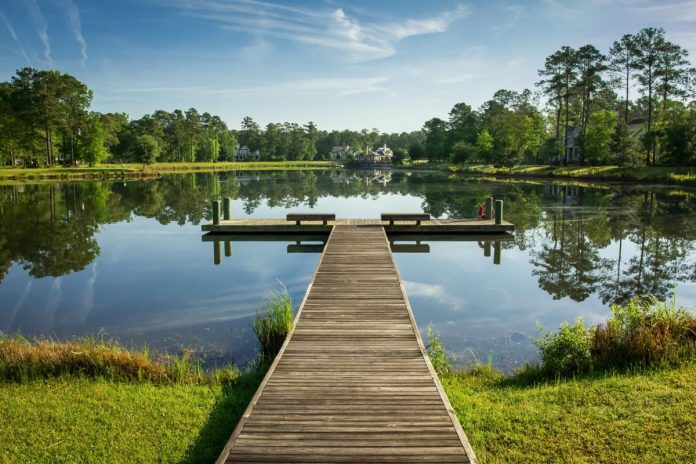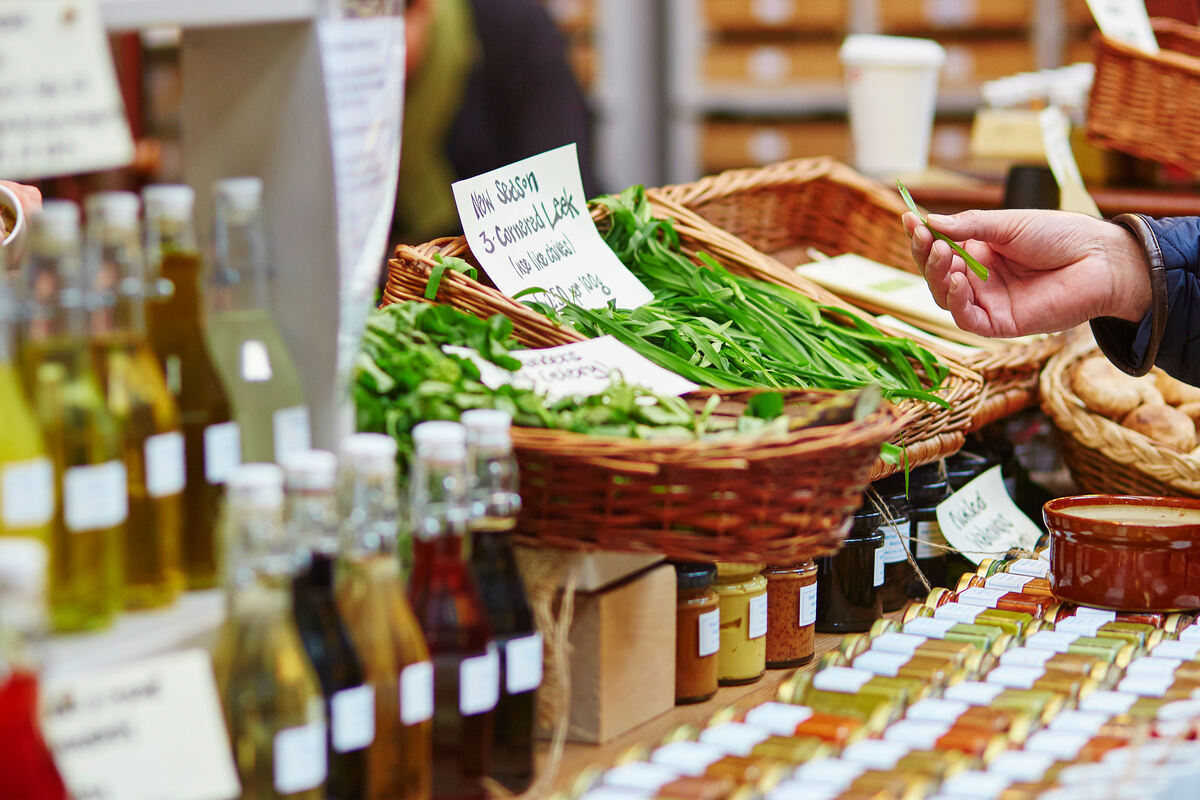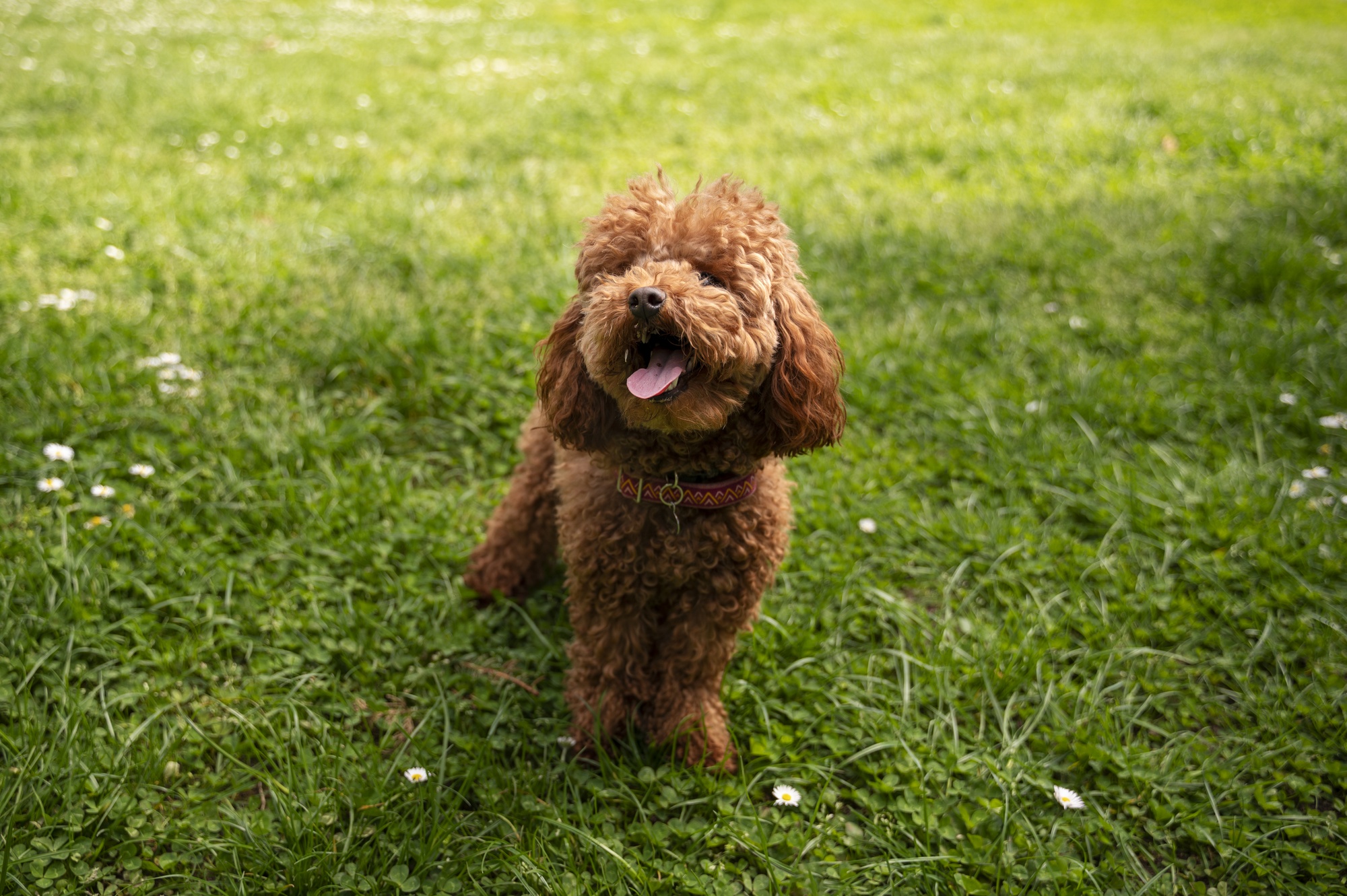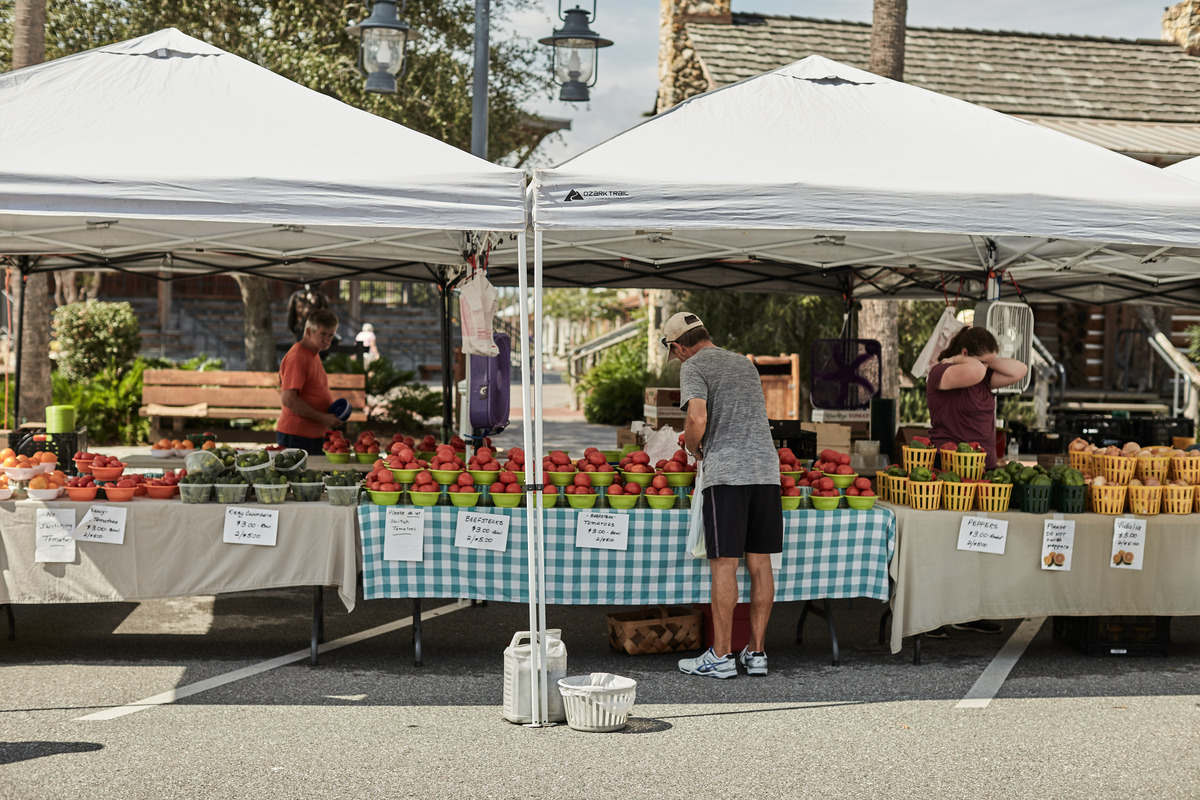A landscape is more than just plants and pathways. It tells a story, shows personality, and creates a space that feels like home. That’s why adding meaningful elements can make your outdoor space more personal and emotionally connected to your life.
But how do you make it special?
Choosing the right details transforms an ordinary yard into something special. It can be a quiet retreat, a tribute to a loved one, or a space filled with meaningful symbols that hold value. Each decision matters because its choice shapes how the space feels. With thoughtful design, you can create a place that brings comfort and connection.
Your landscape should feel like an extension of your emotions and memories. And when done right, the right elements can turn it into a space that inspires, heals, or honors something important to you.
If you want an outdoor space that feels deeply personal, we will show you how to design with meaning and intention.
The Purpose of Your Landscape Design
A landscape should feel like an extension of your life, not just a collection of plants and pathways. It can be a place to relax, remember a loved one, or create meaningful experiences with family and friends. Every detail, from the layout to the smallest feature, shapes how the space feels and functions. Before making any changes, think about the emotions and memories you want to bring into your outdoor environment.
For some, a garden is a peaceful escape to relax after a long day. For others, it’s a space to honor a loved one, using plants and meaningful features as a tribute. And if you love bringing people together, a well-planned landscape can also create a welcoming environment for family and friends, making it a place for gathering and shared moments.
That’s why every element you add should have a reason behind it. Whether it’s a quiet retreat or a meaningful tribute, designing with purpose makes the space more personal. When your landscape represents what matters to you, it becomes a place that holds emotional value.
How to Choose Elements That Connect Personally
Your outdoor space should feel meaningful. Instead of just focusing on looks, consider what matters to you. Even the small details can make a landscape feel like a place you belong.
Memorial and Tribute Spaces in Landscaping
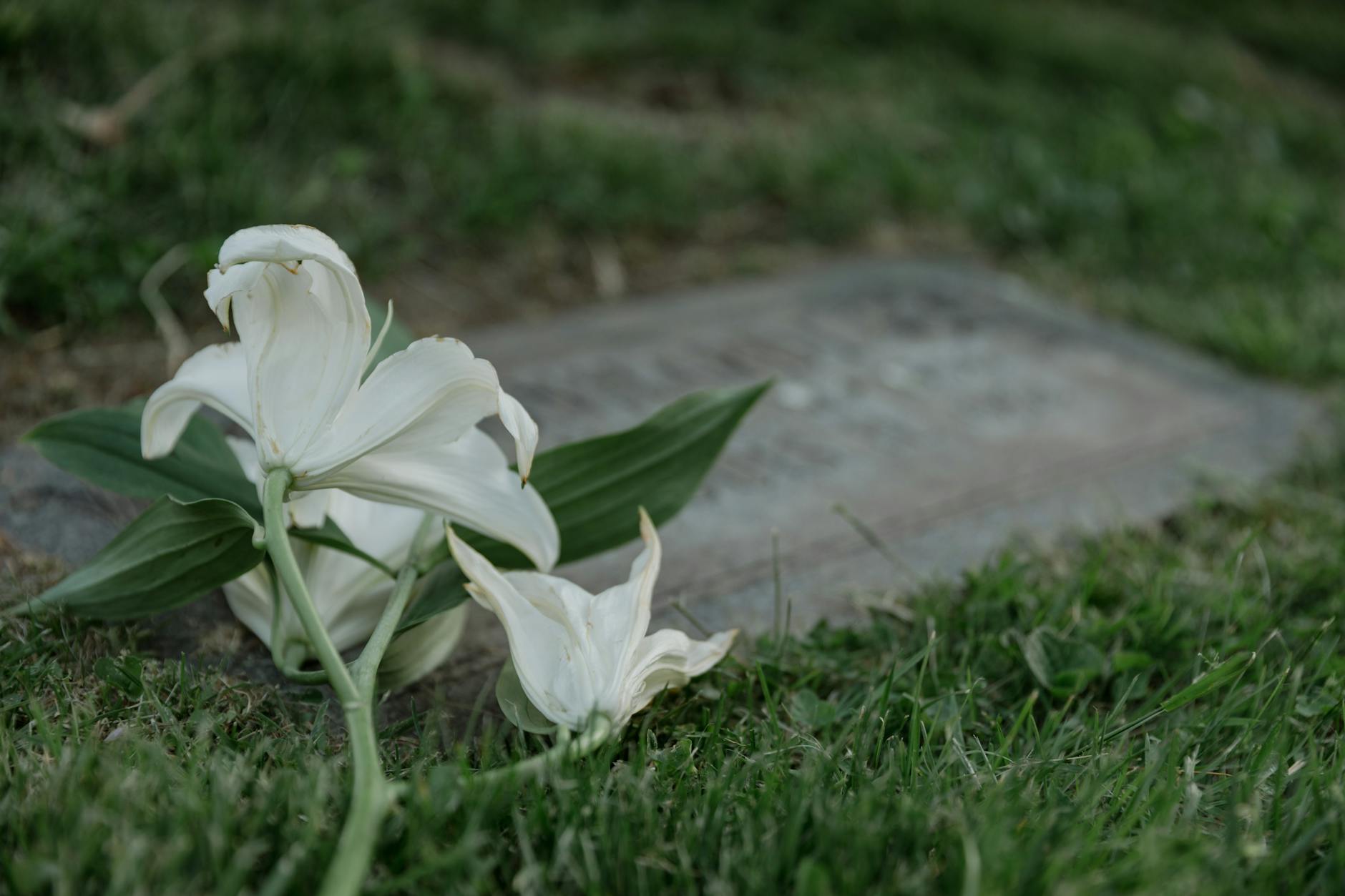
A landscape can serve as a quiet place to remember someone. Many people create a dedicated area where they can sit and remember. For example, a tree planted in their memory, a bench placed under their favorite shade, or a stone with their name on it.
For a more lasting tribute, many families include common types of headstones within their landscape. A well-placed headstone blends naturally into the surroundings, especially when made from durable materials like granite or bronze. But placement matters too. A headstone near a flower garden, shaded corner, or quiet pathway can make the space feel more personal and connected to the memory of a loved one.
There’s no single way to design a tribute space. Some prefer small, subtle markers, while others choose a focal point that stands out. In the end, the most important thing is that the space feels right to you. Thoughtful choices make a landscape more than just a garden. They create a place where memories are honored in a way that feels natural and lasting.
Symbolic Hardscaping Features
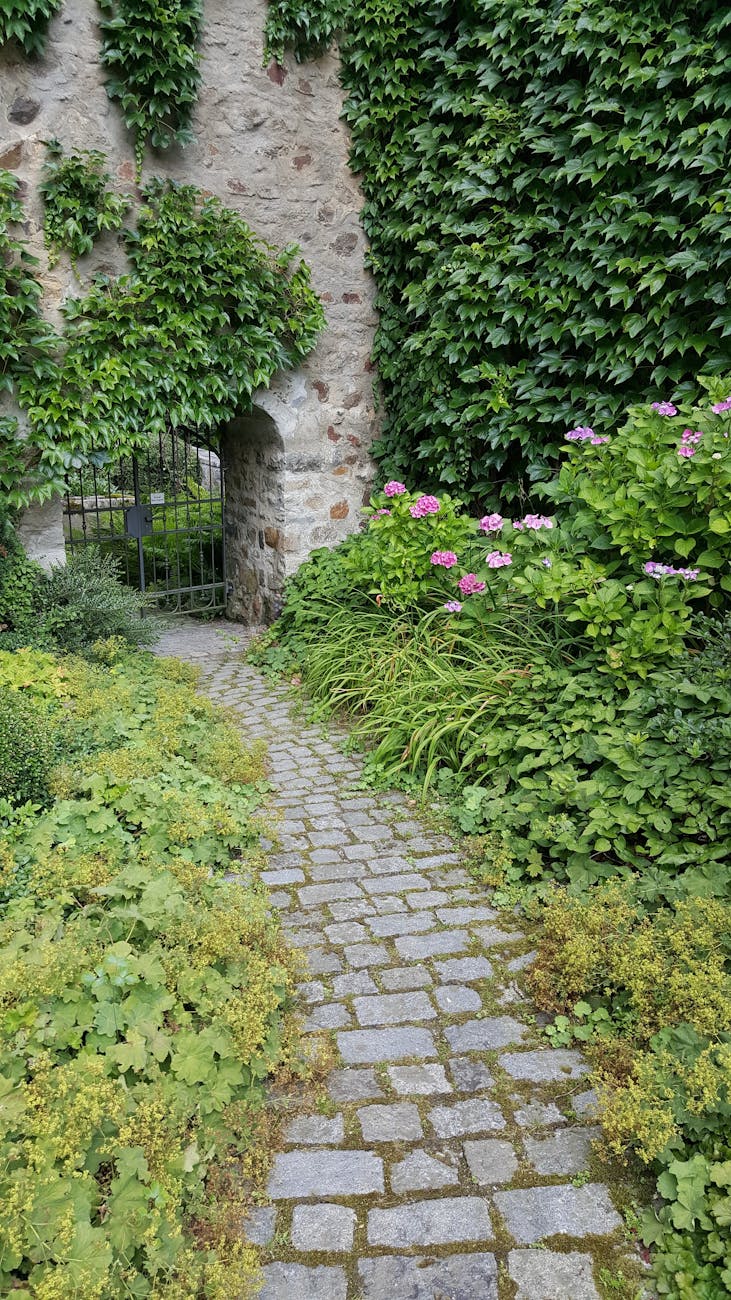
Adding hardscaping elements can bring deeper meaning to your landscape. These features provide structure, create focal points, and can hold personal significance.
Stone Pathways – A winding path can represent a journey or the passage of time. Using natural stone or engraved stepping stones makes the space feel more intentional.
Engraved Benches – A simple bench offers a place to sit and remember. But adding an inscription, a loved one’s name, or a meaningful quote can turn it into a personal tribute.
Memorial Walls – A small stone or brick wall can be a dedicated space. For example, names, dates, or messages can be carved into the surface to honor a person or an important life event.
Sculptures and Statues – A symbolic statue, such as an angel, hands in prayer, or a custom design, can add depth to the space. And because it doesn’t take up much room, it’s a meaningful tribute even in smaller gardens.
Archways and Gates – A decorative entrance can mark the beginning of a special space. Whether made from wood, metal, or stone, archways provide a sense of transition when entering a meaningful part of the garden.
Water Features and Their Emotional Significance
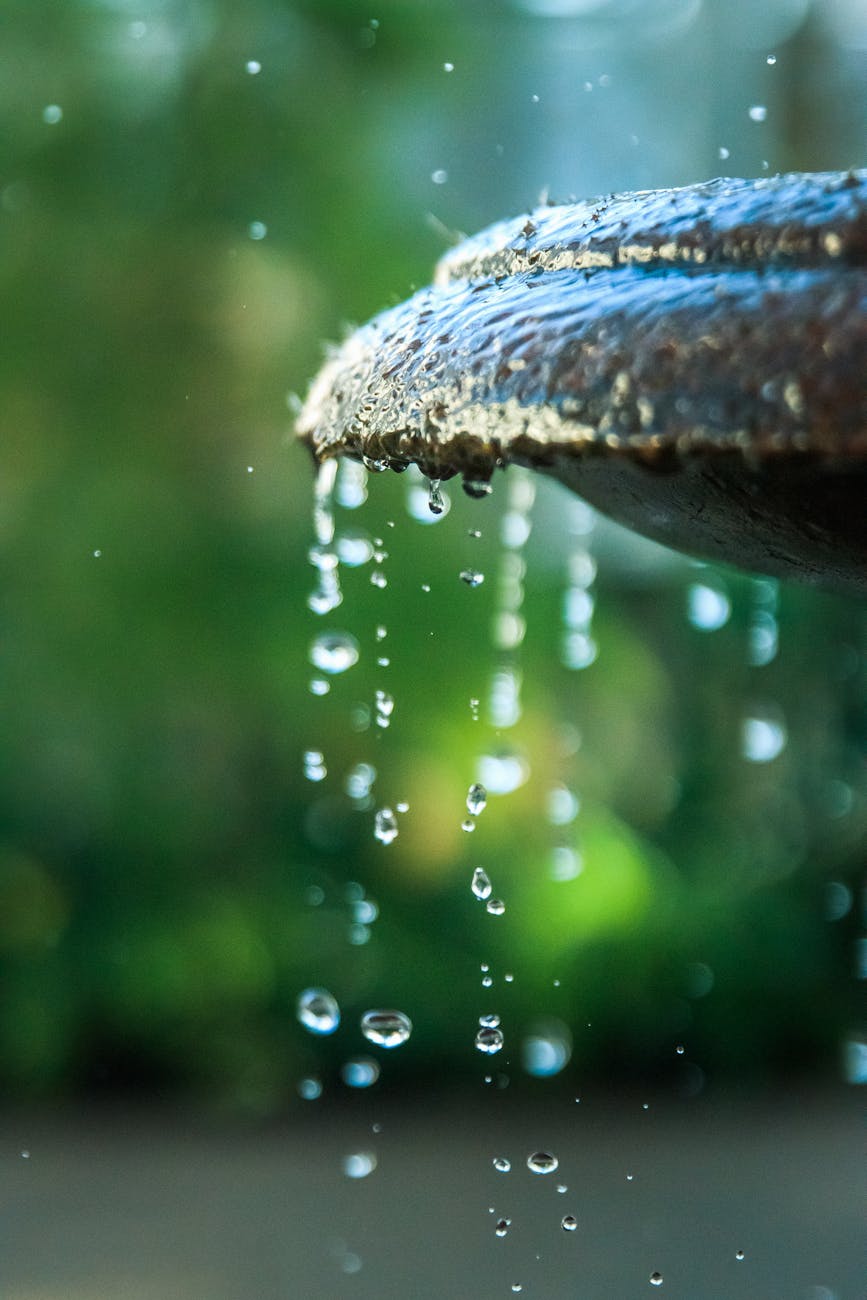
Water adds movement and tranquility to a landscape. Its sound and presence can create a calming effect, making the space feel more peaceful.
Fountains – Flowing water represents renewal and the cycle of life. That’s why a small fountain in a memorial garden can bring a sense of peace.
Reflecting Pools – Still, water provides a quiet place for thought. And when surrounded by stones, flowers, or candles, it creates a more peaceful and inviting space.
Birdbaths – These bring nature into the space. Watching birds gather adds movement and creates a comforting connection to life.
Small Ponds – A pond adds depth to a landscape and can be stocked with koi or lilies. It makes the space feel alive while keeping the atmosphere gentle.
Lighting for Atmosphere and Mood
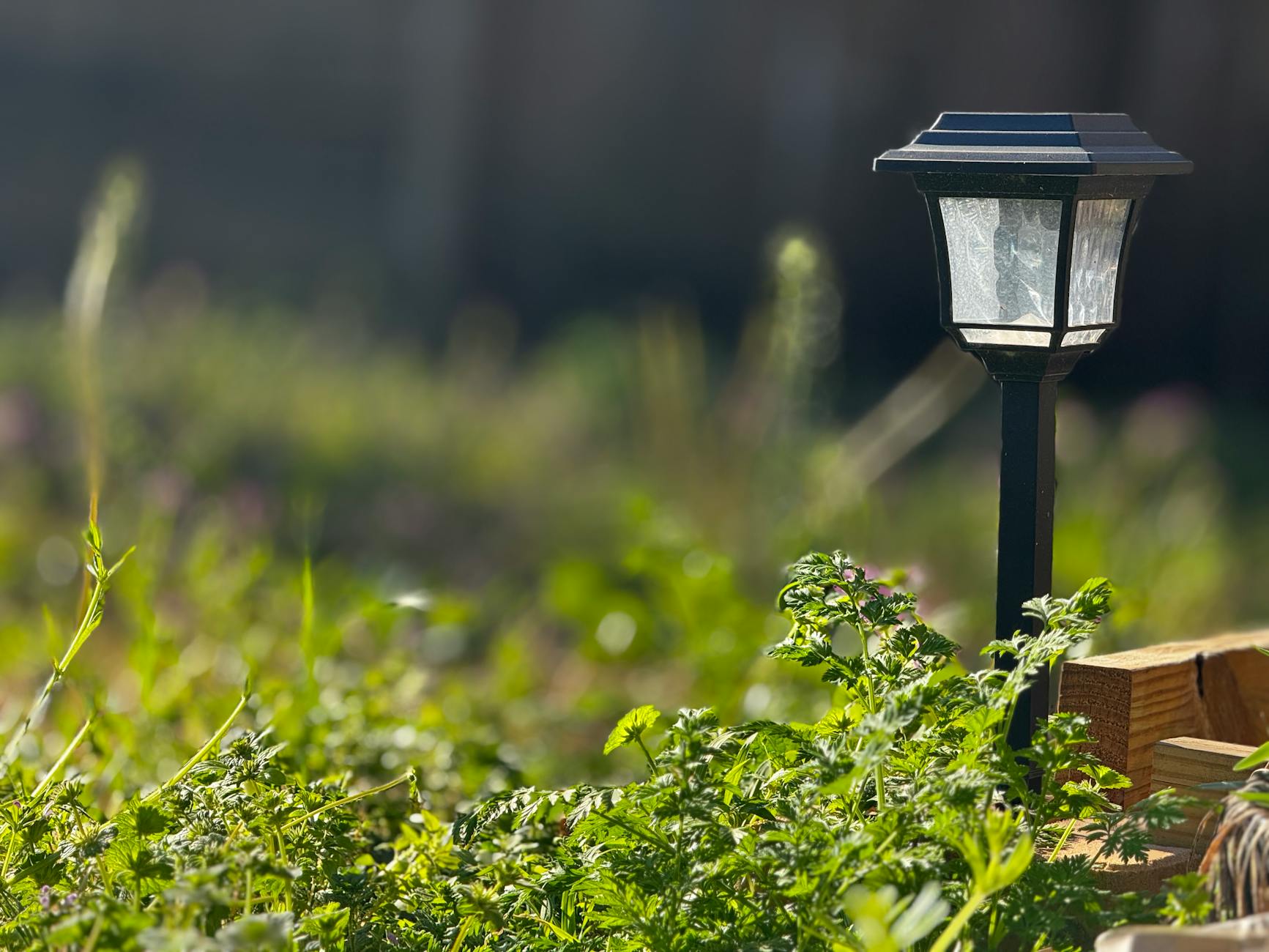
Lighting can change how a space feels. Soft, warm lights make an area feel inviting, while cooler tones create a calming effect. How light is placed can draw attention to certain features or guide movement through the landscape. Instead of relying on a single overhead source, different types of lighting can be used to shape the atmosphere.
Pathway lights provide gentle illumination, making walkways safer and easier to navigate. They also create a sense of direction.
Lanterns or small ground lights can be placed near benches or memorial spaces, giving them a soft glow that feels peaceful.
String lights in trees or along fences bring warmth to an outdoor space without being overpowering.
If the goal is a quiet and peaceful space, dimmer lights with natural tones work best.
Functional and Aesthetic Plant Selection
Plants should do more than just fill space. They should have a purpose and add to the overall design. Some plants provide shade, while others attract butterflies or birds. Choosing the right ones can create a space that is both beautiful and meaningful.
Large trees create natural shade and privacy, making a garden feel more secluded. Meanwhile, shrubs and hedges help define different areas without needing harsh barriers.
And when it comes to color and texture, flowers that bloom in different seasons keep the space looking vibrant throughout the year. Instead of using plants just for decoration, selecting ones with a purpose makes the landscape feel intentional.
Creating Personal Retreat Spaces
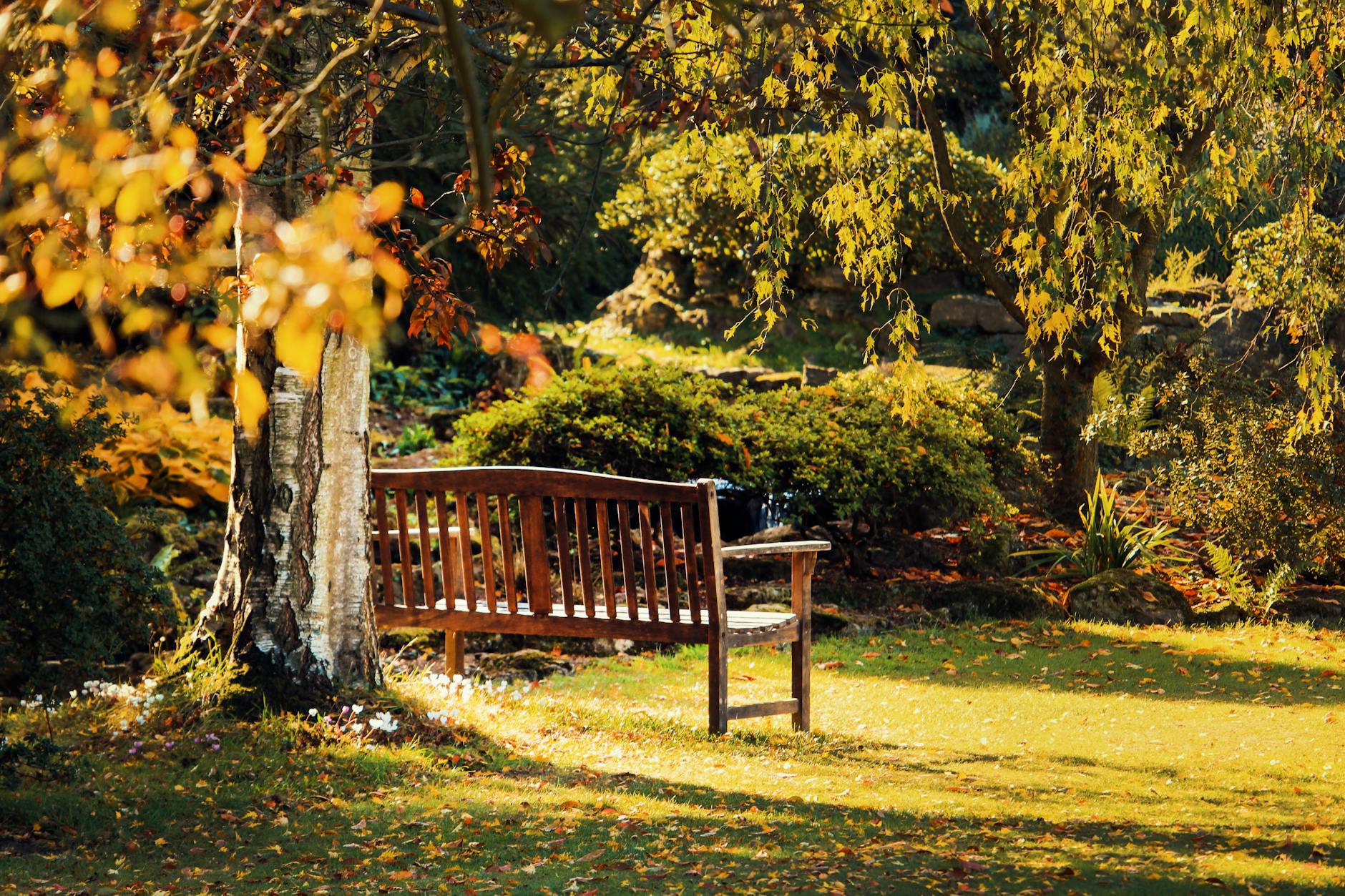
An outdoor retreat should feel like a place where you can step away from distractions. It doesn’t have to be large, but it should offer a quiet space for rest. Choosing the right layout and elements helps create an area that feels comfortable and inviting.
For example, a simple bench under a tree provides a natural escape from the sun. Or if you prefer more quiet, a small corner with soft groundcover and surrounding plants can make the space feel enclosed without using walls. Instead of open spaces that feel exposed, adding vertical elements like trellises or climbing vines gives a sense of privacy. If noise is a concern, a fountain or wind chime can help soften outside sounds.
The most important thing is that the space feels right for you. It could be a single chair in a shaded spot or a hidden garden path, a retreat should be a place where you can pause and feel at peace.
Conclusion
A well-planned landscape feels personal. It is not just about plants and decorations but about creating a space that holds meaning. The right elements can turn an ordinary yard into a place that brings comfort and connection.
But what makes a space feel special? Memorial spaces, symbolic features, and thoughtful lighting help shape the atmosphere. Water adds movement, while plants create balance. Each detail should serve a purpose. Instead of following trends, choose elements that feel right for you.
A landscape designed with meaning becomes more than just an outdoor space. It can be a retreat, a place to remember, or somewhere to find peace. The choices you make will define how it feels. When everything comes together naturally, the result is a space that offers comfort and belonging for years to come.
